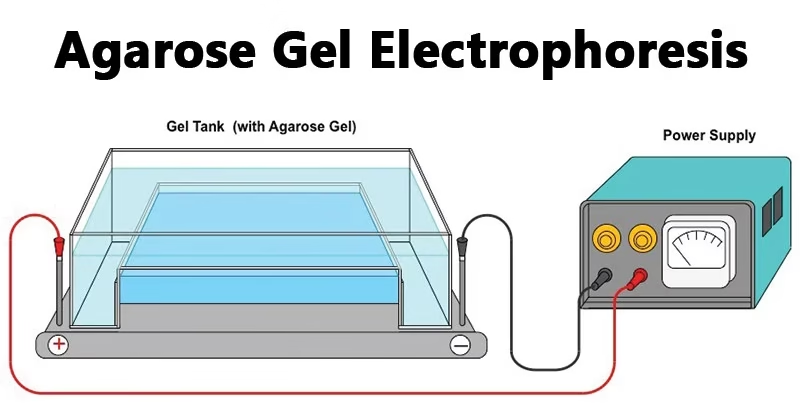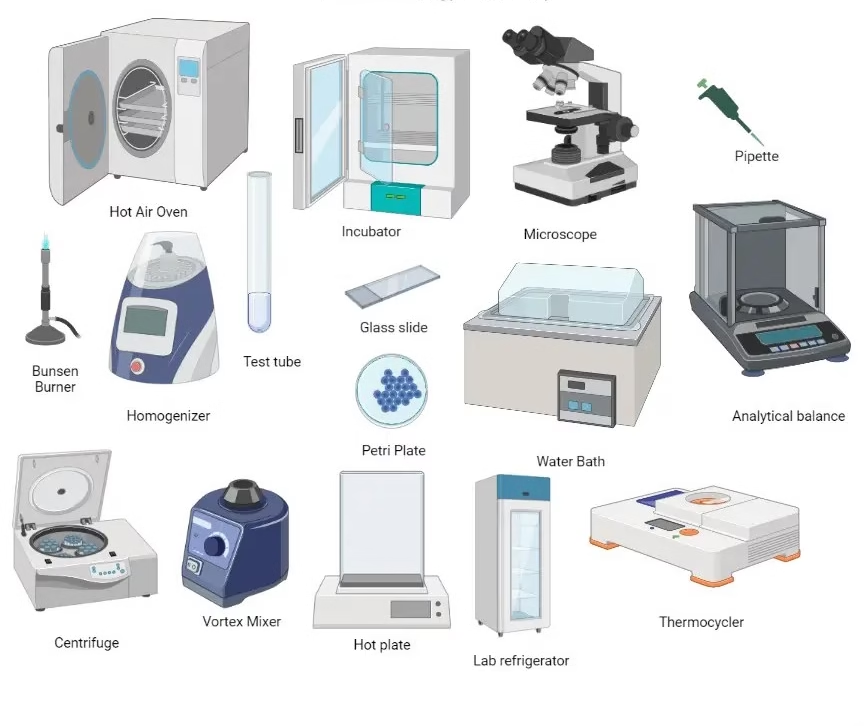Fluorimetry – Principle, Instrumentation, Factors, Applications, Advantages & Limitations
Fluorimetry is an analytical technique used to measure the fluorescent light emitted by a substance when it absorbs ultraviolet (UV) or visible light. It helps in studying the concentration, properties, and interactions of compounds in a sample.









